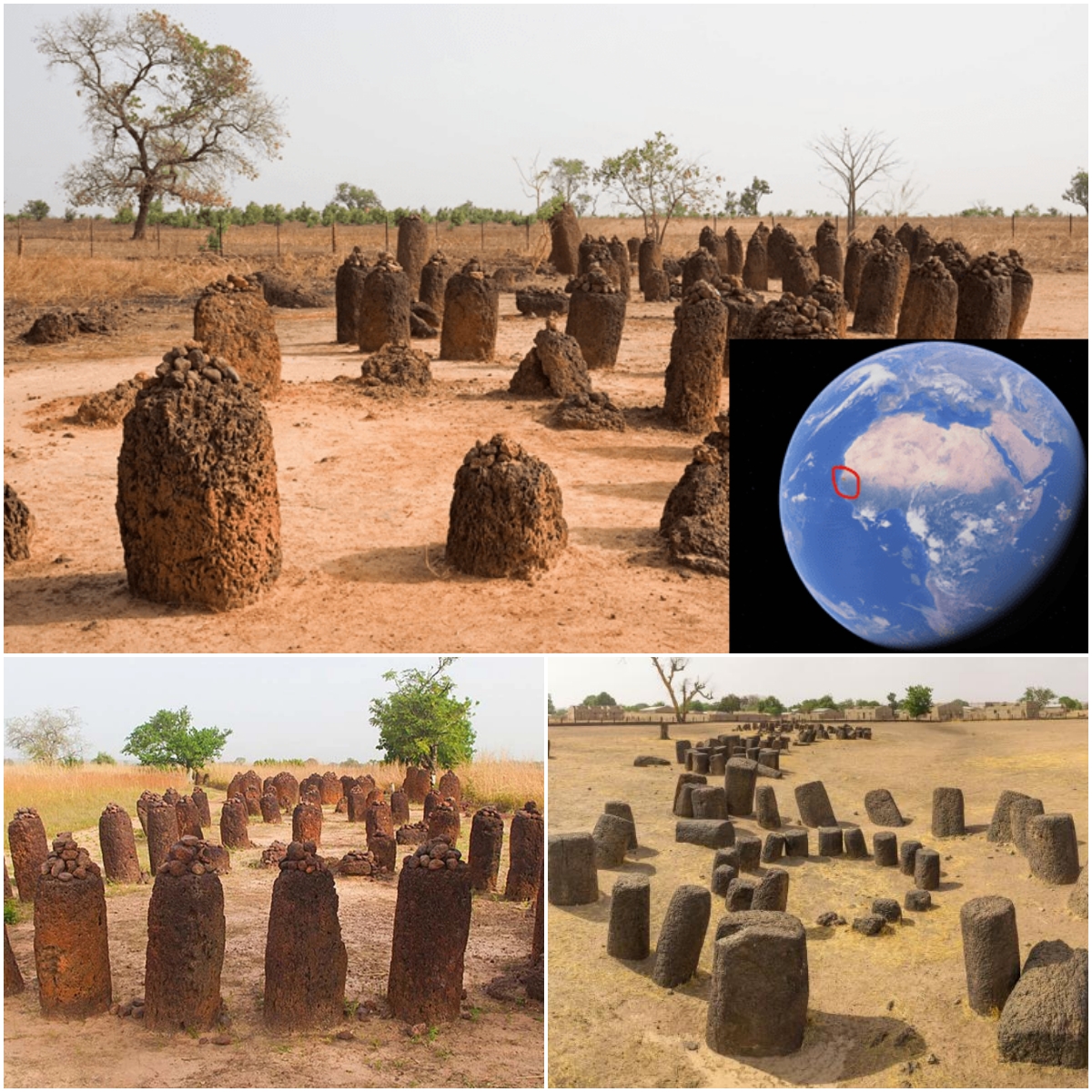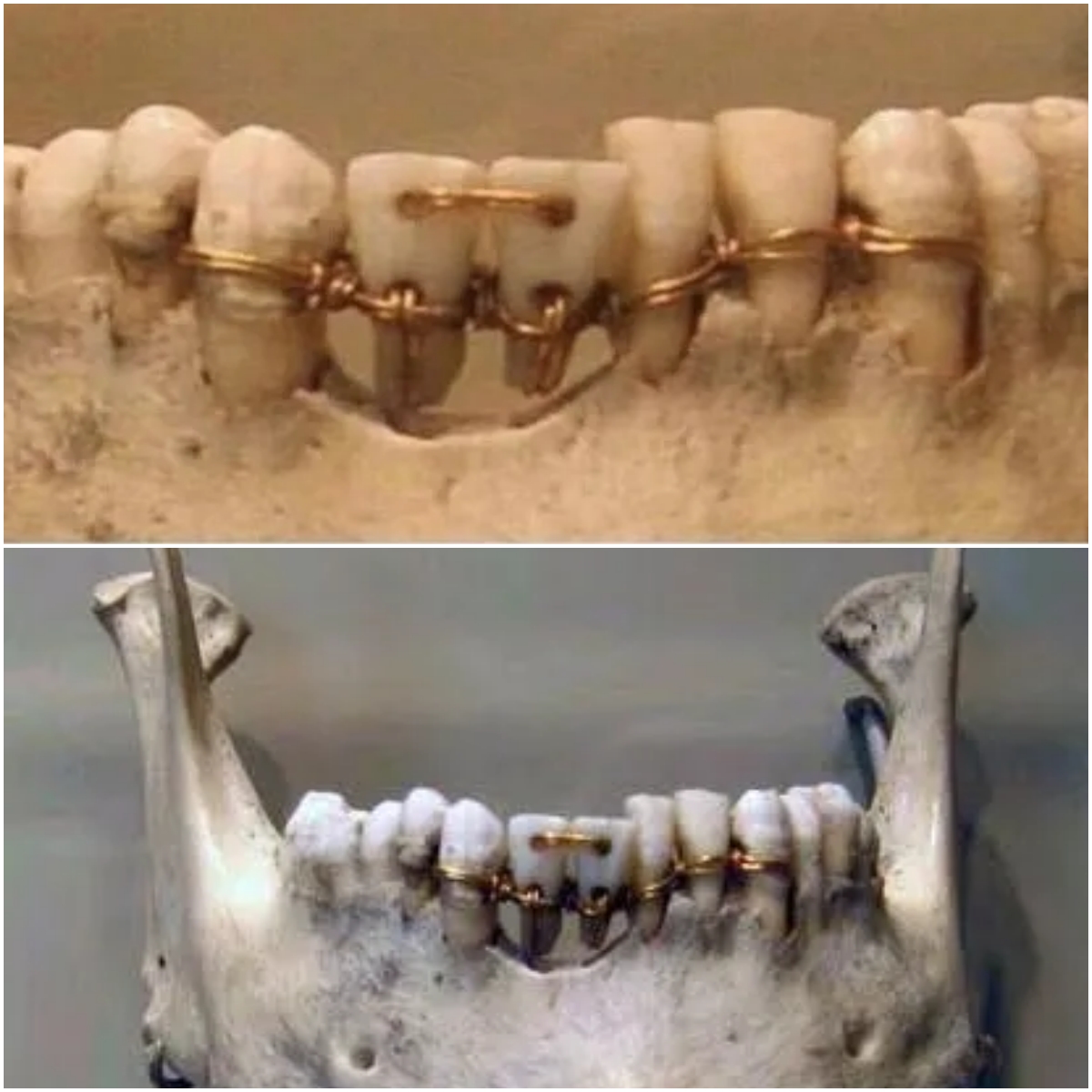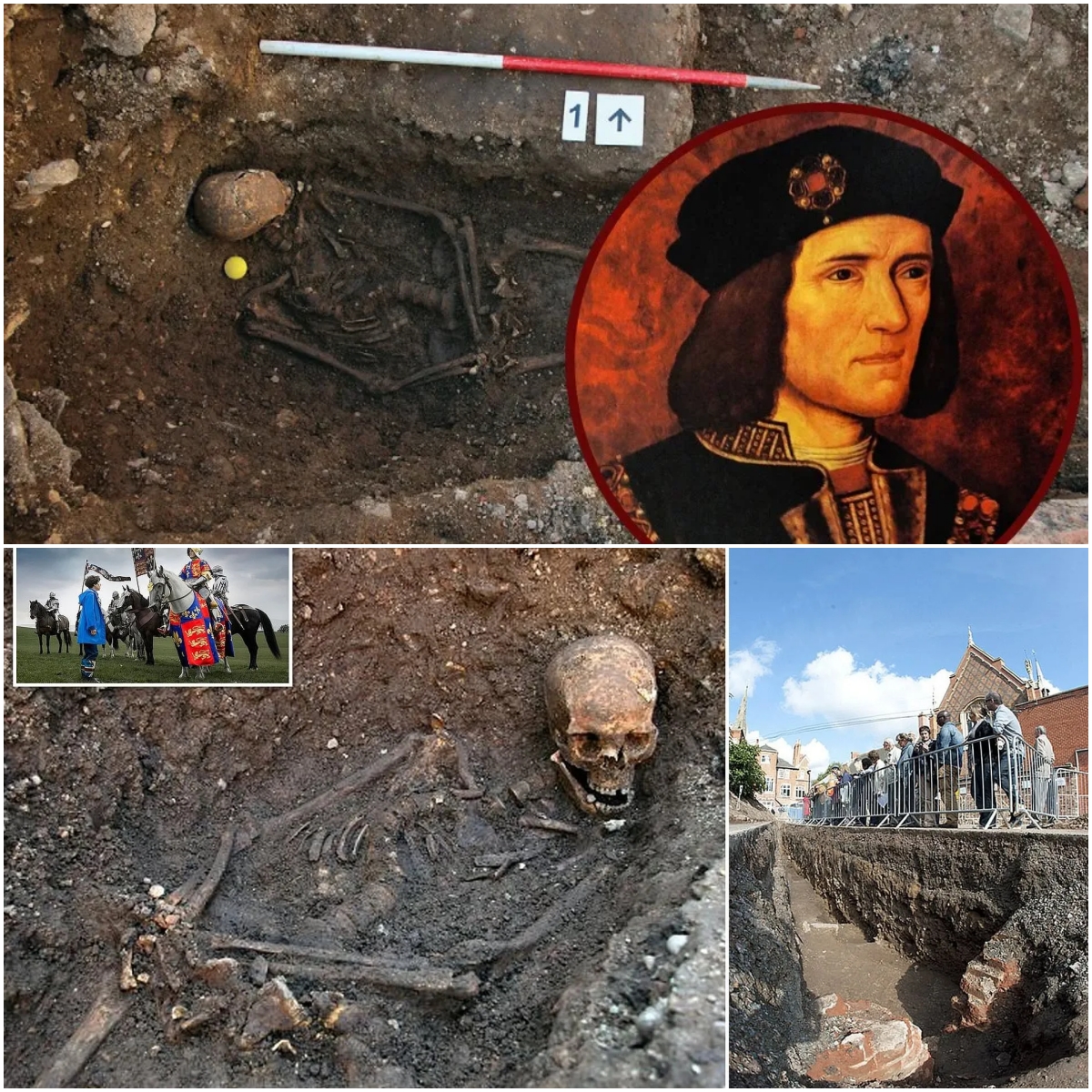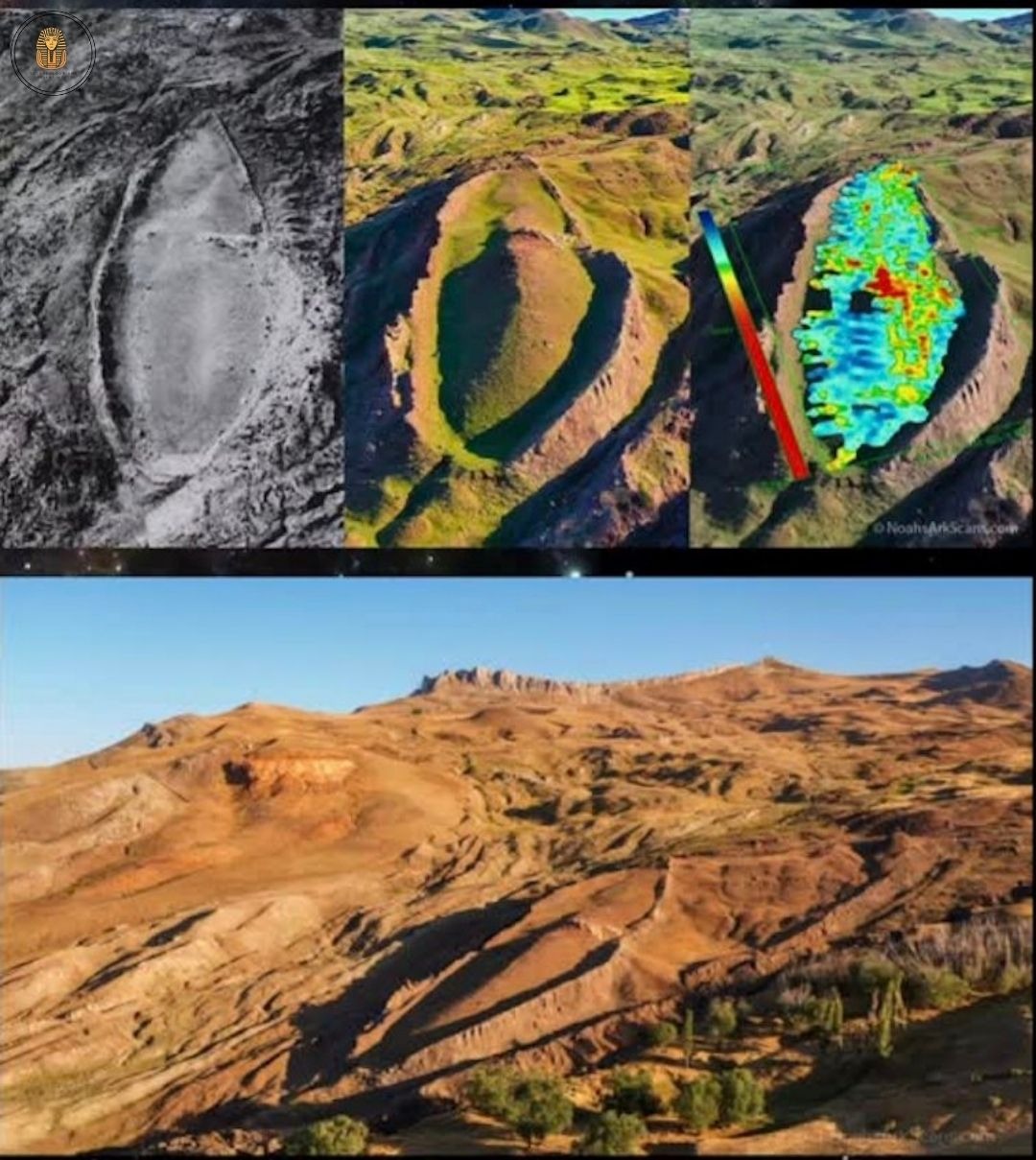Frozen in Time: A 42,000-Year-Old Woolly Mammoth Steps into View
The woolly mammoth named Lyuba, after being buried in mud for 42,000 years, has made its first public appearance in the United States at The Field Museum in Chicago.
According to scientists, Lyuba lived during the Ice Age, approximately 42,000 years ago. She was discovered in 2007 by a reindeer herder in the Yamal-Nenets Autonomous Region of northern Siberia, Russia. The mammoth was named after the herder’s wife. Lyuba was preserved in a nearly pristine state, thanks to being buried under thick layers of ice for thousands of years. Additionally, her surface was protected by a lactic acid compound produced by natural bacteria.
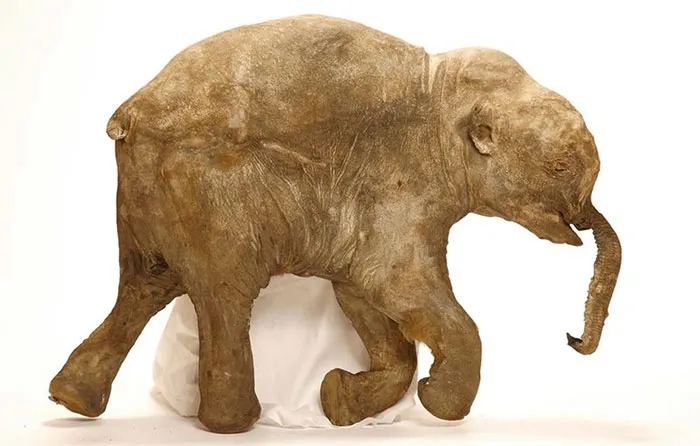
Scientists believe that Lyuba was about one month old when she suffocated after falling into a swamp near a river. She measured 1.14 meters in length and weighed 42 kilograms. Had she reached adulthood, she could have grown to a height of 2.4 meters and a weight of 3 to 4 tons.
Researchers from the Department of Paleontology at the University of Michigan conducted CT scans, MRIs, and DNA analysis on Lyuba.
Furthermore, an analysis of her stomach contents revealed traces of her mother’s milk. Residues found on her tusks and molars provided accurate insights into her diet, environment, and overall health.
Lyuba is considered the most intact woolly mammoth specimen from the Ice Age ever discovered. Scientists regard her as an invaluable specimen for studying human history, Earth’s climatic history, and past climate changes.
Could Woolly Mammoths Be Brought Back to Life?
Of course, where DNA is found, there are always those who dream of creating a real-life Jurassic Park. In 2021, Colossal, a startup co-founded by renowned geneticist George Church, secured $15 million in funding to bring woolly mammoths back to Earth. The company’s goal is to engineer a woolly mammoth-Asian elephant hybrid.
This “hybrid” is expected to “walk like a woolly mammoth, look like a woolly mammoth, sound like a woolly mammoth, but most importantly, thrive in the same ecosystem that once led to the mammoth’s extinction.”
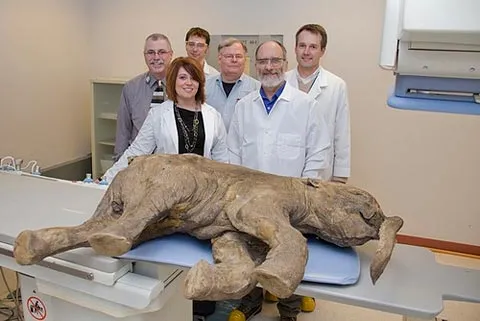
While some question the ethics of this endeavor, Colossal believes that repopulating the Arctic tundra with mammoth-like creatures could help mitigate—or even reverse—the effects of climate change in the region.
Ben Lamm, CEO and co-founder of Colossal, stated:
“Humanity has the ability to harness this technology to restore ecosystems, heal our planet, and ensure its future by bringing back extinct species.”
Only time will tell if such projects will succeed.
Beth Shapiro, a paleontologist, told The New York Times that she believes the resurrection of the woolly mammoth “is still a long way off.”
However, with the discovery of well-preserved specimens like Lyuba, we now have a clearer picture than ever before of these ancient giants—and perhaps, one day, they may even walk the Earth again.
Lyuba, the most complete woolly mammoth ever discovered, has arrived in the US! This one-month-old calf, buried in Siberian mud for 42,000 years, is now on display at Chicago’s Field Museum. Her remarkably preserved state has allowed scientists to study her diet, environment, and even her mother’s milk! Could Lyuba hold the key to understanding these Ice Age giants…and maybe even bringing them back?


